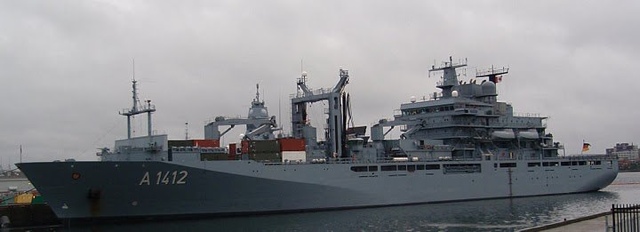The Container Vessel Coast called over the wekend for Melfi. She spent Saturday at anchor in the basin, presumably waiting out weather. She moved to Pier 41 Sunday morning, and is still there, though she has appears to have completed cargo Operations
Monthly Archives: June 2013
2 sailing vessel Arrivals
Carnival Glory – First visit of the year.
Back Fishing
Another Early G6 vessel – Dalian Express
Another Hapag Lloyd vessel Scheduled for the upcoming G6 Rotation, Dalian Express will be making her second trip to Halifax. She was last here on May 27th, and has since turned and is making the trip back in reverse. Like G6 service Mate Yantain Express, who stopped in halifax earlier in May, Hapag Llyod is in the process of reshufeling vessels to accomidate new builds and the new g6 service.
Photos to Follow
Riverton Puts in
USCGC Morro Bay for a visit.
USCGC Morro Bay is a Bay Class Icebreaker, Homeported in New London, CT. She is 140′ long, ans was built in 1981. She arrived Saturday for a visit, and will be departing tommorow, June 4th. Unlike Most USCG vessels visiting, she is tied up at Tall Ships Quay, and not at the dockyard.
Bay Class vessels are stationed mainly in Northeast U.S. and Great Lakes. Although specifically desinged for ice breaking duties, they also perform law enforcement, environmental protection, search & rescue operations and support for aids to navigation activities.
WTGBs use a low-pressure-air hull lubrication or bubbler system that forces air and water between the hull and ice. This system improves icebreaking capabilities by reducing resistance against the hull, reducing horsepower requirements.
New support ships to be German Berlin Class
The Government of Canada today announced that a ship design for the Joint Support Ships being acquired for the Royal Canadian Navy has been selected, as part of the National Shipbuilding Procurement Strategy.
The selection of the Joint Support Ship design was conducted through a transparent assessment process, involving multiple government departments and third party advisors, based on three criteria: operational capability, affordability, and the cost and schedule risks associated with building the ship. The process was monitored by audit firm KPMG, as an independent third-party. First Marine International, a recognized firm of shipbuilding experts, provided ship construction costing expertise.
Two viable ship design options were commissioned for the Joint Support Ships: an existing design and a new design by BMT Fleet Technology. Based on rigorous analysis and assessments by government officials and military experts, the proven, off-the-shelf ship design from ThyssenKrupp Marine Systems Canada was selected as the best design option for the Royal Canadian Navy and for Canadian taxpayers.
Canada will provide the design to Vancouver Shipyards Co. Ltd, to review in preparation for actual production. This design development work will be led by Vancouver Shipyards Co. Ltd., as part of the Joint Support Ship definition contract to be negotiated between Canada and the shipyard. Once these steps are completed, Canada will acquire the required licensing for the ship design. This license will enable Canada to use the ship design and build, operate, and maintain the Joint Support Ships – right in here in Canada. This effort will also enhance technical skills and knowledge among Canadian shipyard staff, to be leveraged as the shipyard builds the subsequent ships assigned under the National Shipbuilding Procurement Strategy.
The Joint Support Ships, which will be built by workers at Vancouver Shipyards Co. Ltd, will supply deployed Naval Task Groups with fuel, ammunition, spare parts, food and water. They will also provide a home base for maintenance and operation of helicopters, a limited sealift capability, and support to forces deployed ashore.







